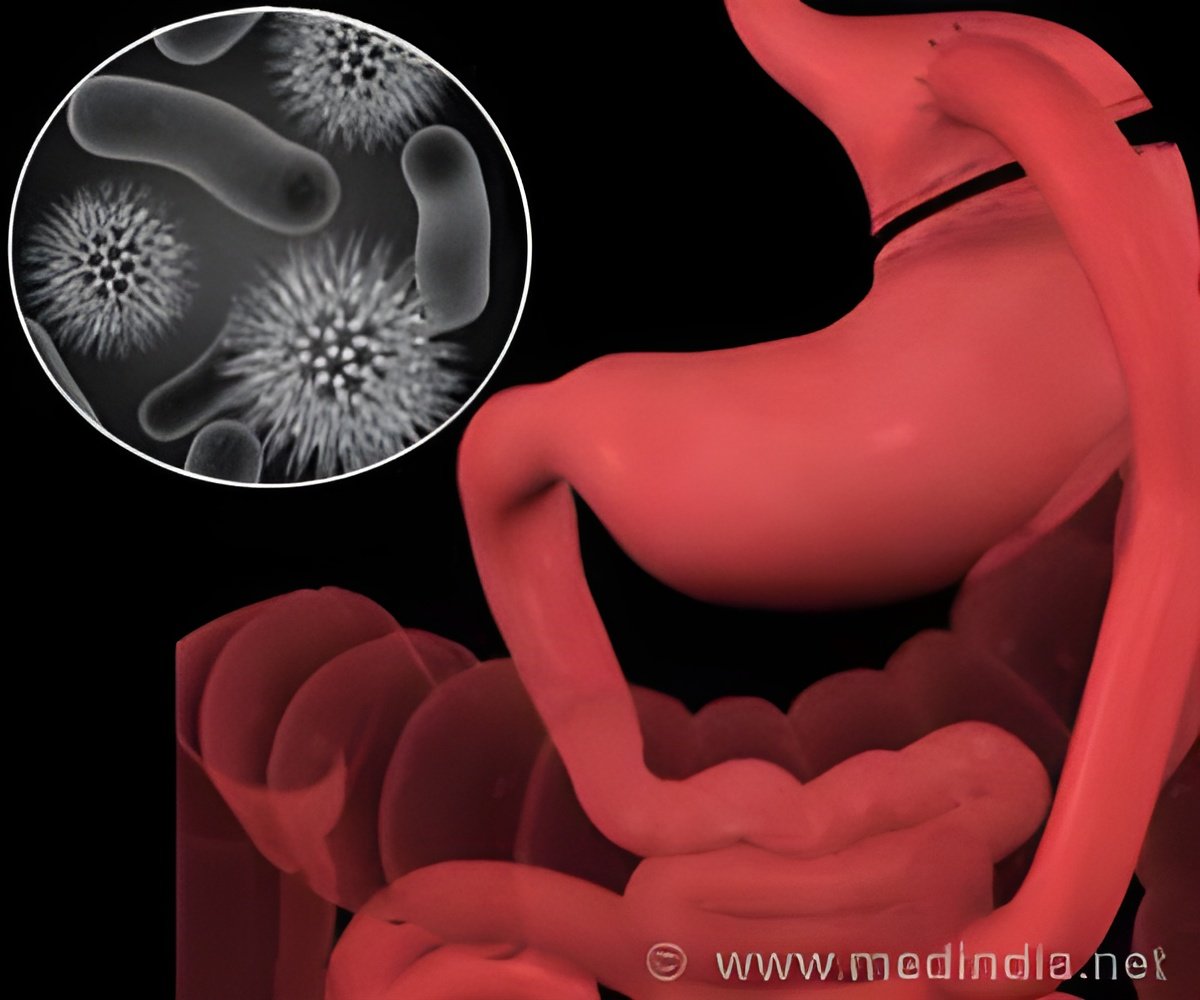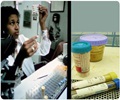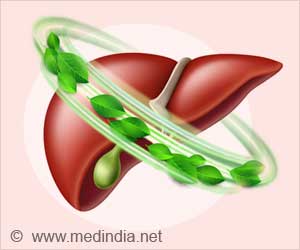Eating toxic creosote bushes proved fatal after antibiotics killed the gut microbes in woodrats.

The study of woodrats, also known as packrats, raises two concerns, according to Kohl and the study's senior author, Denise Dearing, a professor and chair of biology:
• Endangered species may lose diversity of their gut microbes when they are bred in captivity. When they are released to the wild, does that leave them unable to consume toxic plants that once were on their menu?
• Livestock like cows often are fed antibiotics to promote growth. Does that impair their ability to eat toxic plants like locoweed when drought reduces pasture grass?
The study of woodrats someday might impact farming practices in arid regions, where toxic plants like creosote and juniper are abundant. Livestock now can't graze on these cheap food sources. Could interspecies transplants of gut microbes help livestock expand their dining menu? Kohl says he'd like to transplant woodrat gut microbes into sheep or goats to find out if that increases their tolerance to toxic foods.
"Juniper is expanding its range, and ecologists and land managers are concerned," he says. "Farmers are interested in getting their sheep and goats to eat juniper."
Evolving a Taste for Toxins
Advertisement
Most mammals are herbivores. Some face serious challenges: their bodies must handle up to hundreds of toxic chemicals from the plants they consume each day. "Plant toxins determine which plants a herbivore can eat," says Kohl.
Advertisement
The study involved desert woodrats (Neotoma lepida) – grayish rodents native to western North American deserts. Woodrats somehow acquired novel toxin-degrading gut microbes to adapt to climate and vegetation changes that began 17,000 years ago.
"In a natural climatic event at the end of the last glacial period, the Southwest dried out and our major deserts were formed," Dearing says. Creosote, which was native to Mexico, moved north into the Mojave Desert and replaced juniper there, but did not go farther north into Great Basin deserts. Desert woodrats in the Mojave started eating creosote bushes, while desert woodrats in the Great Basin kept eating toxic juniper, to which they had adapted earlier.
At first, the ancient juniper eaters in the Mojave likely were poorly equipped to eat invading creosote, but scientists believe microbes sped up their dietary adjustment. Though slow, evolutionary genetic changes in herbivores play an important role in adapting to new diets. "Transfer of toxin-degrading microbes from one organism to the other is much more rapid," Dearing says.
How do woodrats get their tiny, but valuable bacterial helpers today?
"Mammals acquire microbes during birth, through contact with their mother's vaginal and fecal microbes," Kohl says. "Other possible places to get microbes include leaf surfaces, the soil or feces that woodrats collect from other animals."
Source-Eurekalert









